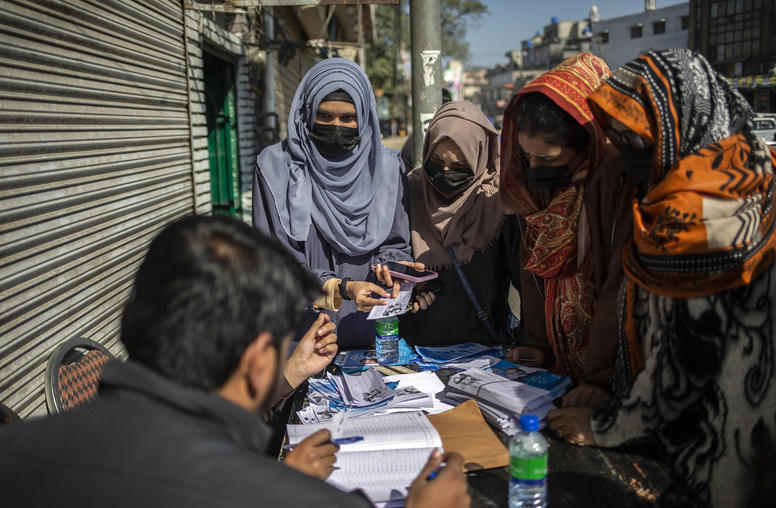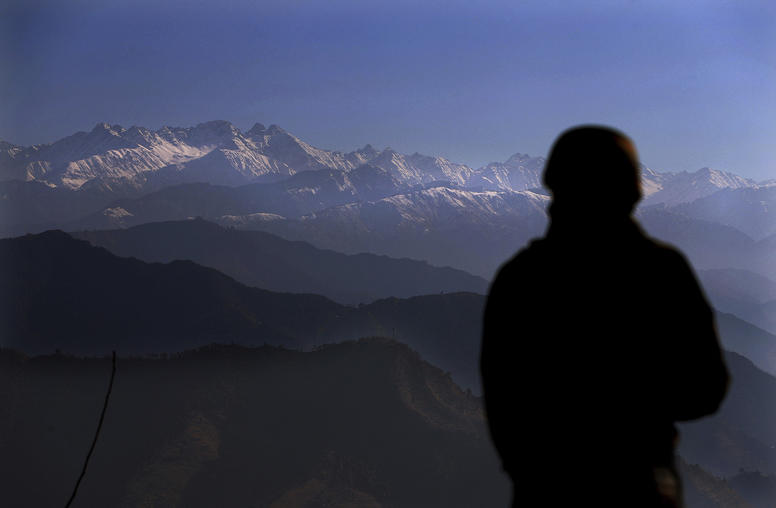The Internet, Transnational Networking and Regional Security in South Asia
Analysts have raised the possibility of increased turbulence in the world system as the flow of information becomes democratized, as information becomes broadly available outside previously narrowly defined areas of expertise, and hence, as hierarchies tumble. Others have focused on the impact on military security of the increasingly sophisticated means available to both rival states, as well as groups that challenge states, for changing and disrupting the flows of information and the information systems on which modern militaries are so heavily dependent.
Overview
The little academic work that has been done on the impact of information technology on international relations has focused on one of the following two themes:
Analysts have raised the possibility of increased turbulence in the world system as the flow of information becomes democratized, as information becomes broadly available outside previously narrowly defined areas of expertise, and hence, as hierarchies tumble.
Others have focused on the impact on military security of the increasingly sophisticated means available to both rival states, as well as groups that challenge states, for changing and disrupting the flows of information and the information systems on which modern militaries are so heavily dependent. A subset of this literature has raised the specter, without presenting credible evidence, of the Internet allowing a proliferation of both terrorist organizations, as well as of technologies such as bombs and other weapons that such organizations might use.
A third possibility has received little academic attention: The growing use of information technology, particularly the Internet, by non-state actors might actually create new communities and forms of interaction that are conducive to international peace and security. This could happen in two ways.
First, the Internet offers the potential for closed networking among elite groups of professionals, analysts, and policy makers for sharing information and testing ideas that may yet be too controversial to be launched publicly. Such networking speeds up interaction among members of critical policy communities, and reduces the need for frequent physical gatherings.
In a recently completed survey for the Program in Arms Control, Disarmament, and International Security (ACDIS) of the University of Illinois, the Ford Foundation, and the International Peace Academy (IPA) of the possibilities of using the Internet in furthering the cause of arms control and security in South Asia, I presented a model of such networking to a number senior analysts, researchers, and former policy makers. The responses, while largely favorable, differed in terms of the kinds of security issues that would be best addressed by such networking, and the problems that would have to be dealt with before such networking became possible.
Second, the increased use of the Internet by civic organizations around the world to network, share resources and ideas, and develop common strategies not just within countries, but also across the boundaries of countries, in a number of issue human rights, environment, nuclear non-proliferation, arms control, and so strengthens democratic functioning and helps create more responsive governments. Citizen diplomacy, therefore, does not just build confidence across state boundaries, but also reduces insecurity among the civilian populations within state boundaries, and hence enhances local capacity for managing incipient conflicts.
In a doctoral thesis completed in 1995, I had examined some of these possibilities through a comparison of transnational networking focused on the following four issues: (a) the environmental damage to the Amazon basin in Brazil (b) the Chiapas insurgency in Mexico (c) the potential environmental damage from large dam projects on the Narmada river in India, and (d) the insurgency in Jammu and Kashmir in India. For each of these issues, I examined the role that information technology had played in allowing networks of individuals and organizations to promote common agendas, develop joint campaigns, and ultimately influence policy processes.
In this brief paper, I will examine the possibilities that the Internet in particular, and information technology in general, provide for enhanced peace and security in South Asia. This exercise should offer useful comparative lessons (despite the uniqueness of each individual region) to other organizations attempting to promote electronic networking in the area of international peace and security in the world's various regions. Examples include the Nautilus Institute for Security and Sustainable Development, which sponsors the Northeast Asia Peace and Security Network, and the International Peace Academy's Program in Conflict Management in Africa, which is attempting to increase networking among civil society organizations in Africa in the interests of enhancing the contribution of such organizations to conflict management.
This examination will draw upon my recent survey tour of South Asia, and from the relevant sections of my doctoral thesis, and will address both the issue of the Internet as a networking tool for elite groups, as well as the role of information technology in promoting transnational civil society networking.
About the Author
Chetan Kumar
Associate
International Peace Academy
777 UN Plaza, 4th Flr.
New York, NY, 10017
e-mail: kumar@ipapost.ipacademy.org
Phone: 212-687-4586
Fax: 212-983-8246
This paper was prepared for the Virtual Diplomacy conference hosted by United States Institute of Peace in Washington, D.C. on April 1 and 2, 1997.



